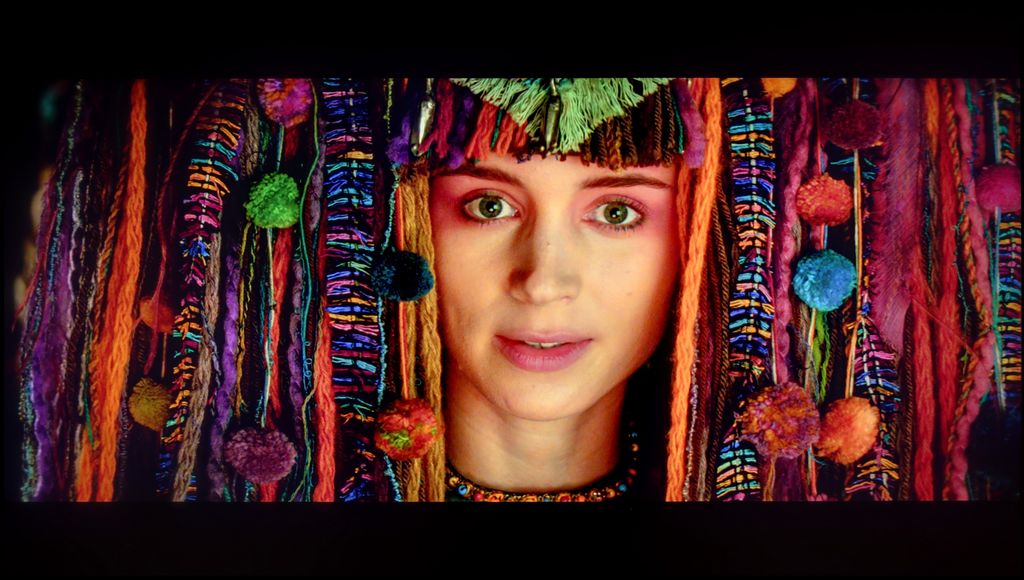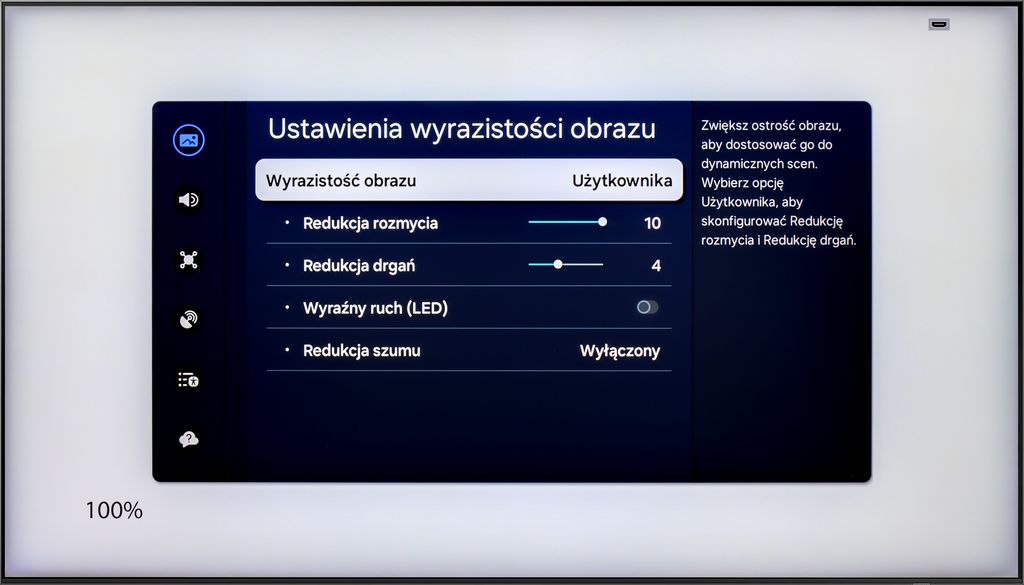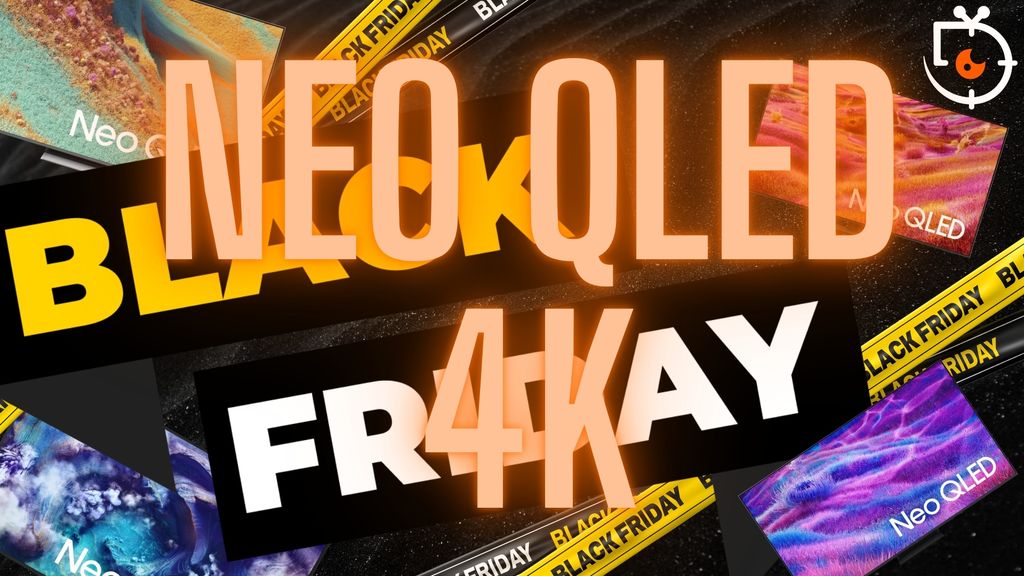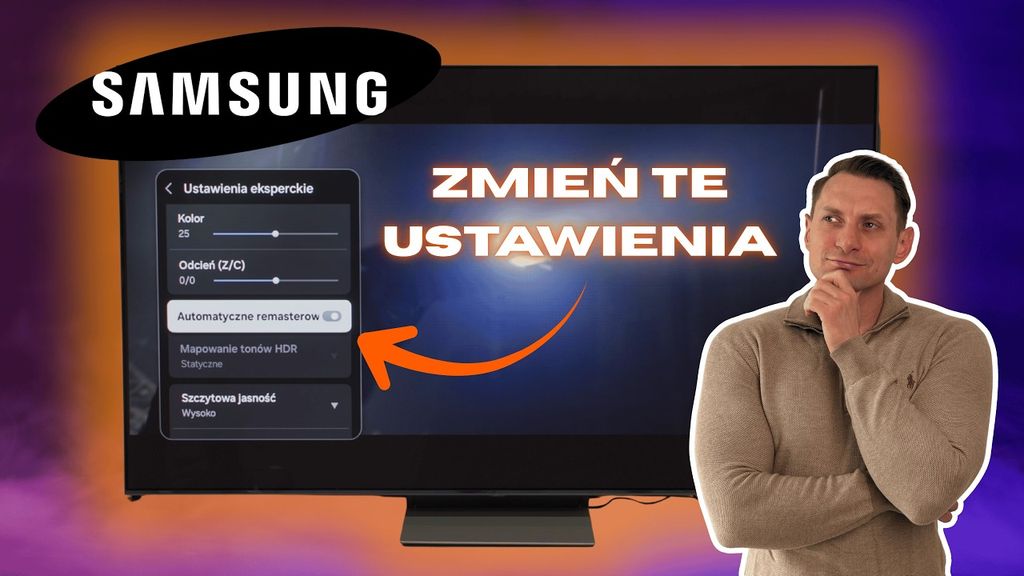Quantum Matrix Technology: Precise control of Quantum Mini LED backlighting enables deep blacks and bright whites, resulting in clear contrast and detail in the image.
AI Processor NQ4 Gen2: An advanced processor powered by artificial intelligence optimizes image and sound quality in real-time, adapting them to the displayed content.
Neo Quantum HDR+: Technology that increases the range of brightness and contrast, allowing for more detailed and realistic images in HDR content.
Dolby Atmos®: A surround sound system that, along with multi-channel speakers, delivers dimensional sound, allowing you to immerse yourself in the action.
Tizen OS: An intuitive Smart TV operating system offering access to a wide range of applications and streaming services, enabling content personalization and easy navigation.
Motion Xcelerator Turbo Pro: Technology that ensures smooth motion and supports VRR gaming up to 4K at 144 Hz, guaranteeing image clarity and quick responses during dynamic scenes.
Auto Game Mode (ALLM): A feature that automatically optimizes screen settings while gaming, minimizing input lag and providing greater control and gameplay smoothness.
FreeSync Premium Pro: Image synchronization technology that reduces tearing and stuttering, resulting in smoother and more responsive gameplay.
Anti-Reflection Coating: A special screen coating that minimizes light reflections, allowing for comfortable viewing of content even in bright rooms without distracting glare.
Samsung Neo QLED QN92D is a television that performs excellently in everyday use. Thanks to the advanced Tizen operating system, users have access to a wide array of streaming applications such as Netflix, YouTube, or Amazon Prime Video. The QN92D 65 model offers an intuitive interface that simplifies navigation and customization of settings. Additionally, the Samsung QN92D is equipped with the Multi View feature, allowing simultaneous viewing of two different contents on a split screen, enhancing user comfort.
Samsung QN92D – visual and sound experiences
Samsung Neo QLED QN92D impresses not only with picture quality but also sound. The Object Tracking Sound+ technology makes the sound follow the action on the screen, which enhances the experience when watching movies or playing games with the QN92D 65. It is also worth noting that Samsung Neo QLED QN92D features Adaptive Picture, which automatically adjusts brightness and contrast to the lighting conditions in the room.
SAMSUNG QN92D - QUANTUM HDR
QN92D test shows that the brightness achieved in HDR mode is impressive, making the images vibrant and full of detail. TV tests indicate that during intense scenes, such as fireworks explosions, the Samsung QN90D maintains high brightness, although in more complex HDR scenes with small details, there may be a drop in brightness. The use of a dynamic dimming algorithm allows the television to effectively manage brightness; however, in some situations, this can affect the display of subtle details in dark scenes.
SAMSUNG QN90D - mini led, NeoQLED
The Samsung QN90D television offers impressive contrast, providing very deep blacks that compete even with OLED televisions. The local dimming feature, encompassing as many as 504 zones, is a significant element of this model, greatly improving image quality. As a result, the Samsung QN92D test shows that this model handles challenges such as maintaining high contrast in scenes with significant brightness variation exceptionally well. Therefore, the television can be successfully used in both dark and bright environments, making it a versatile choice.

 Maciej Koper
Maciej Koper Paweł Koper
Paweł Koper



















































































